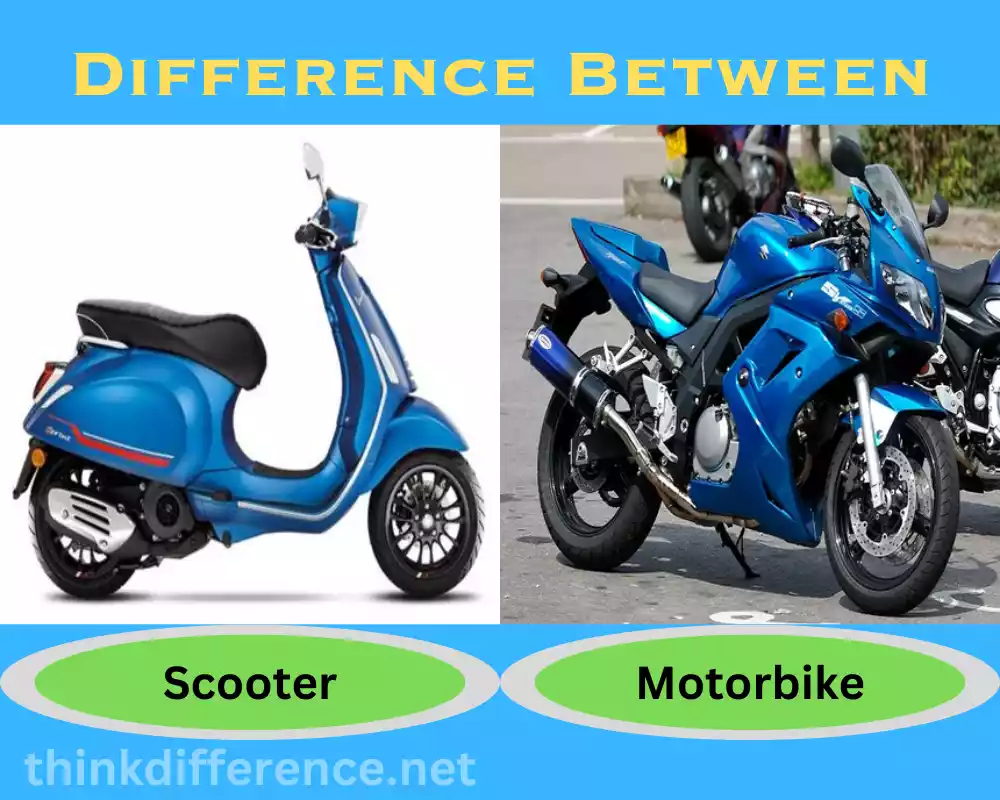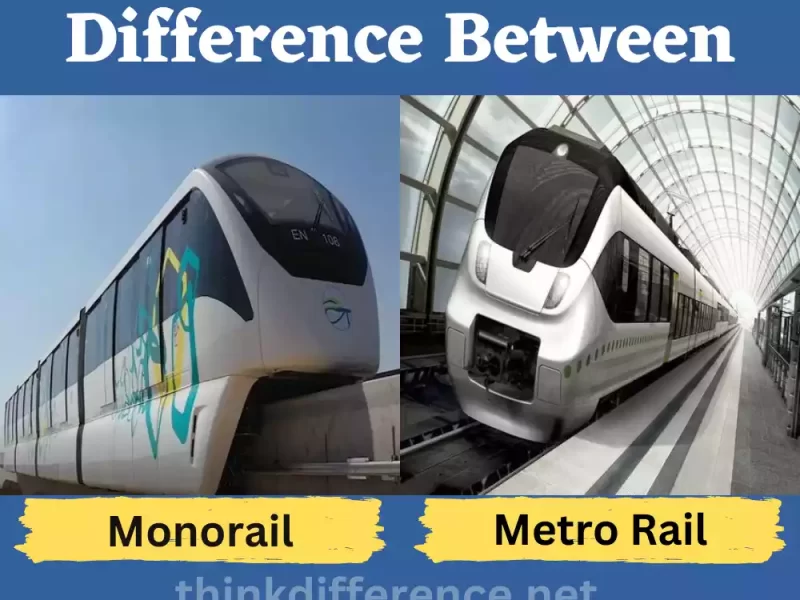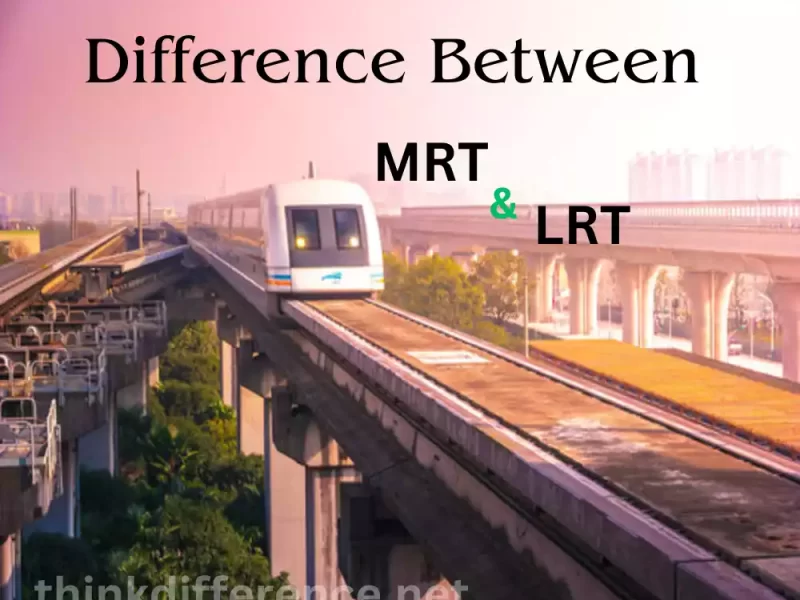Introduction of Scooter and Motorbike
Scooter and Motorbike are two-wheeled vehicles widely popular with both individuals and the riding public alike, offering convenient ways to move about in cities or take adventurous journeys.
While both might appear similar at first glance, it is essential that individuals understand the key distinctions between them. In this article, we’ll look into each design element: design features, performance specifications and purpose differences that help individuals select an informed option when considering which motorcycle/scooter meets their riding requirements best.
Definition of a Scooter
Scooters are two-wheeled vehicles equipped with a step-through frame, low seat height, and platform designed for placing one’s feet. Their engines typically range between 50cc and 250cc with automatic transmission systems for ease of operation and fuel efficiency.
Scooters make excellent short-distance or urban commuter transportation options due to their fuel efficiency; storage compartments may even include under-seat storage space to further add convenience for riders. Their agile maneuverability enables riders to navigate congested streets smoothly – not forgetting their compact size & light weight make them popular choices among riders looking for practical, cost-efficient transportation methods!
Definition of a Motorbike
Motorbikes (or bikes), are two-wheeled vehicles equipped with a straddle seat, raised seat backrest, and foot pegs dedicated to each rider. Motorbike engines range in sizes, offering small displacement models or high-performance machines featuring large engines for riders of varying skill. Motorbikes come equipped with either automatic or manual transmission systems, giving riders the choice between manually shifting gears or having them done automatically by the bike itself. Motorbikes boast higher top speeds and accelerate more rapidly than scooters.
These bikes can serve several different functions, from off-roading and long-distance touring, to sport riding. Thanks to powerful engines and sophisticated suspension systems, motorbikes are adept at traversing varied road conditions and terrains with ease – giving riders thrills of freedom along with fuel savings!
Importance of understanding the differences between Scooters and Motorbike
Understanding the differences between scooters and motorbikes is important for several reasons:
- Selecting the Appropriate Vehicle: Understanding the differences between motorbikes and scooters can assist individuals in selecting an optimal mode of transport that best matches their individual needs, tastes, and intended uses – from daily commutes and long-distance travel to recreational purposes or recreational use. Understanding their distinctions allows informed decisions when selecting one suited to daily commuting or recreational riding purposes.
- Safety Considerations: Scooters possess unique handling and safety characteristics when compared with motorbikes, making it essential to recognize these differences to ensure rider safety. Scooters differ in terms of center of gravity, power/speed outputs and required skill levels compared with motorcycles; understanding these variances helps riders select an option which meets their riding ability while prioritizing safety measures.
- Licenses and Legal Requirements: Each region imposes different licensing and legal requirements when it comes to motorbikes and scooters, so understanding these regulations will allow you to comply with them and avoid penalties or legal issues. Knowing each vehicle type’s licensing requirements also enables owners to get all needed permits or certifications.
- Cost and Maintenance: Cost and maintenance needs differ between scooters, motorbikes, and their respective maintenance needs, fuel efficiency and upfront costs vary drastically as do fuel efficiencies and upfront costs – individuals must understand these nuances to budget appropriately and plan appropriately when selecting their mode of transport. Knowing their maintenance requirements ensure longevity.
- Personal Preferences & Comfort Level: Everyone has different riding preferences and comfort levels when riding either a motorbike or scooter, from those who prefer power sports for leisure riding, while others who favor maneuverable scooters for daily commutes or commuters. By understanding their differences and their implications for each decision made between these options, riders can make informed choices that meet both comfort needs as well as their preferences and individual lifestyle requirements.
Understanding the differences between motorbikes and scooters is crucial in making informed choices when purchasing one, including ensuring rider’s safety, adhering to legal requirements, managing costs efficiently, and accommodating individual tastes and preferences. Understanding these distinctions will enable individuals to select vehicles that suit them perfectly for their riding needs.
Characteristics of a Scooter
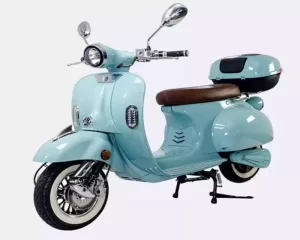
Design and Structure
- Step-through frame: Scooters have frames designed to enable riders to step easily between them without needing to swing their legs over the seat, instead of needing to swing legs over it as motorbikes do.
- Low seat height: Scooters feature lower seating height than motorcycles for easier accessibility for riders of various heights.
- Platform for Feet: Scooters feature an adjustable floorboard or platform designed to rest the soles of their feet when riding. This offers riders an alternative solution to using separate footpegs.
Engine and Performance
- Scooters typically boast smaller engines (ranging between 50cc to 250cc), making them more fuel-efficient while producing significantly less power compared to motorbikes.
- Many scooters feature automatic transmissions, making riding effortless with just the twist of the throttle.
- Scooters boast high fuel efficiencies that make them cost-effective options for daily commuters or shorter trips.
Usage and Purpose
- Due to their maneuverability, scooters make the ideal transportation tool in urban environments, easily maneuvering through traffic jams without creating hassle.
- Scooters offer an efficient and enjoyable method for short-distance commuters in cities to travel quickly between locations. Their convenient design provides fast transport.
- Scooters are easy to maneuver thanks to their lightweight construction and compact size, making them suitable for tight or congested spaces.
Keep in mind that certain scooter models or manufacturers can vary significantly in design and performance.
Characteristics of a Motorbike
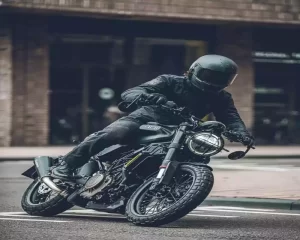
Design and Structure
- Motorbikes feature an ergonomically-designed saddle seat to make mounting the bike simpler for riders. Legs must simply swing across to engage it when mounting it.
- Motorbikes feature higher seat heights than scooters, providing for more upright seating posture and improved visibility.
- Motorbikes feature separate footpegs to enable riders to control and stabilize their feet when riding.
Engine and Performance
- Motorbikes typically boast larger engines ranging from small displacement engines to high-performance engines that offer increased power and acceleration than scooters.
- Motorbikes feature both automatic and manual transmission systems, giving riders the choice of shifting gears manually or automatically.
- Motorbikes typically achieve greater top speeds than scooters, enabling faster acceleration and superior cruising performance.
Usage and Purpose
- Long Distance Travel: Motorbikes provide comfortable riding positions, large fuel tanks, and the capability of handling highways, hills, and various terrain.
- Sport Riding: Many motorbike models have been specifically created to meet the demands of sport riding, providing enhanced performance, agility, and cornering abilities.
- Off-Road Capability: Motobikes such as dirt bikes and dual sport motorcycles are designed specifically to tackle off-road adventures, featuring rugged construction with higher clearance on the ground as well as specialty tire types that specialize in off-road travel.
Motorbike designs, performances, and intended uses vary significantly based on each specific model and intended usage.
Difference between Scooter and Motorbike
Scooters and motorbikes are both reliable forms of transport. Each offers distinctive capabilities and features. Here are the main differences between scooters and bikes:
Design and Appearance:
- Scooters: Scooters typically feature step-through frames with flat footboards. They’re compact vehicles with built-in storage compartments.
- Motorbikes: Motorbikes resemble scooters but differ significantly due to having raised saddles, larger wheels, and no built-in storage options.
Engine and Performance:
- Scooters: Scooters feature automatic transmissions and smaller engines for fuel efficiency; their main selling point is their lower top speeds and reduced top speeds.
- Motorbikes: Motorbikes tend to be larger vehicles equipped with manual transmissions that offer variable fuel economy but higher top speeds and acceleration abilities than their automobile counterparts.
Licensing and Legal Requirements:
- Scooters: Scooters fall under the same classification as mopeds or vehicles of lower class vehicles; their licensing requirements tend to be less stringent than for motorbikes.
- Motorbikes: Most motorbikes require a license that may involve additional training or tests prior to purchasing or riding one.
Usage and Purpose:
- Scooters: Scooters provide an ideal method of transportation through urban environments or short distances due to their maneuverability and convenience.
- Motorbikes: Motorbikes can be used for recreational riding, long-distance touring, and performance riding.
Safety Considerations:
- Scooters: Scooters are lighter vehicles that feature a lower center of gravity for greater balance and stability, often limited in terms of power or speed as well as equipped with integrated safety features like lights or mirrors.
- Motorbike: Riding a motorbike requires greater skill and experience from its rider due to their higher center of gravity, with helmets or protective clothing becoming even more essential considering they possess higher speed and power capabilities than motorcycles.
Cost and Maintenance:
- Scooters: Scooters tend to be cheaper and have lower fuel and maintenance costs compared to motorbikes.
- Motorbikes: On average, they tend to cost more upfront with higher maintenance fees as well as fuel expenses.
Scooters and motorcycles both serve as modes of transport. Each comes with unique differences when it comes to design, engine performance, and licensing requirements, use scenarios, safety concerns and costs. Understanding these variations between scooters and motorcycles will enable individuals to select which option best meets their individual needs.
Similarities between Scooters and Motorbikes
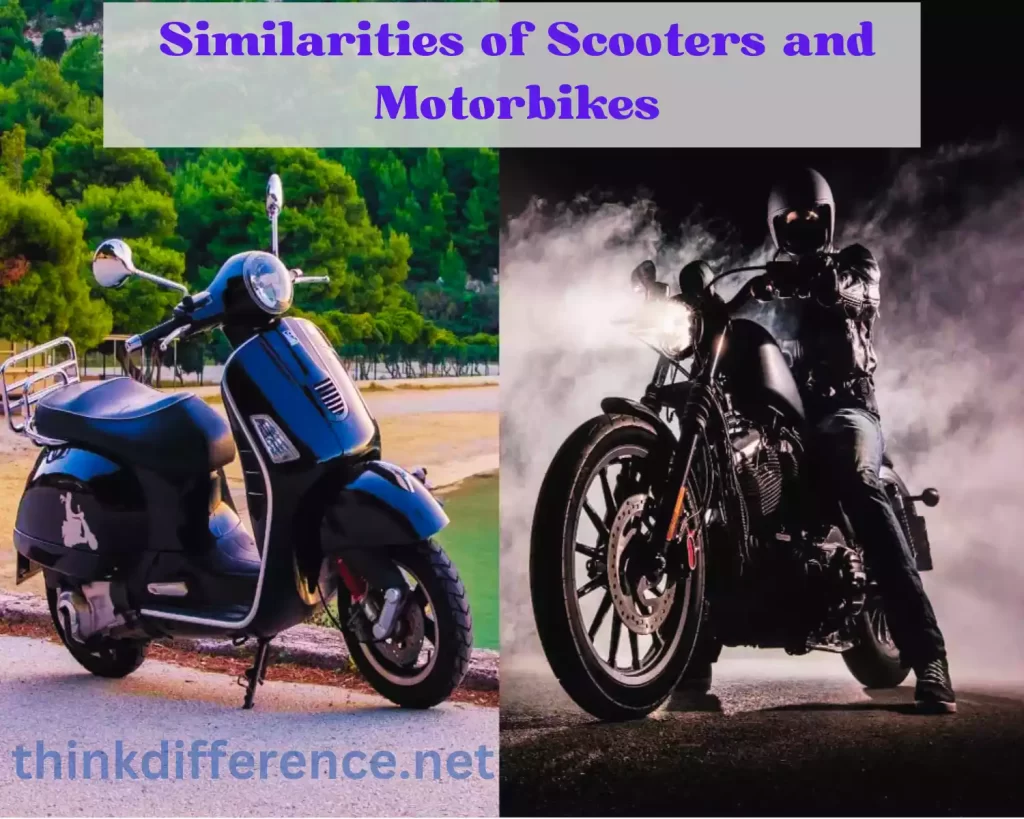
While scooters and motorbikes have several differences, they also share some similarities:
- Two-Wheeled Vehicles: Scooters and motorbikes both belong to this class of two-wheeled vehicles, comprising both scooters and motorcycles as two-wheelers.
- Fuel-Powered Engines: Both scooters and motorbikes utilize internal combustion engines fueled by gasoline or another form of fuel to produce power that propels their vehicles forward. While their designs may differ significantly, both engines rely upon combustion to generate the necessary momentum and forward momentum to power these machines forward.
- Open-Air Riding Experience: Motorcycles or scooters provide riders with an open-air riding experience, giving riders a sense of freedom while connecting them with their surroundings more intimately than cars do. Scooters or motorbikes offer more immersive, engaging, and enjoyable riding experiences compared with cars or enclosed vehicles.
- Maneuverability: Scooters and motorcycles are well known for their maneuverability in dense urban environments, particularly due to their ability to nimbly navigate narrow spaces quickly to reach their destinations quickly. They allow riders to rapidly traverse narrow pathways while quickly getting where they’re going.
- Two-Person Seating: Motorbikes and scooters both can accommodate two passengers at once and provide separate seating arrangements for driver and passenger, enabling individuals to travel together or commute together with a partner. This feature makes two-seat vehicles ideal for sharing rides or commutes as a pair.
- Parking Convenience: Scooters, motorbikes, and other small vehicles are typically easier to park. You can squeeze them into tighter spots than cars for easier storage in urban environments that lack parking spots. This makes parking them especially effective.
- Economical Transportation: Scooters and motorbikes are often more economical modes of transport than cars, using less gas per mile to make it an efficient solution for short commutes or daily errands.
While each motorbike and scooter exhibit distinct design, performance, and use characteristics, there are still similarities that allow individuals to appreciate some fundamental aspects of two-wheeled transportation they both possess. By noting these similarities between motorbikes and scooters, individuals can better comprehend and appreciate these two-wheeled vehicles they share as vehicles of two wheels.
Safety Considerations
Motorbikes and scooters require high levels of safety when being operated on public roadways, both for personal use and commercial usage. Riders should adhere to all required rules regarding rider protection when operating them on public streets or roads.
- Protective gear is critical to rider safety: A well-fitted helmet, gloves, and clothing all provide necessary protection in the event of falls or accidents but choose gear that offers adequate coverage and sufficient safety measures.
- Rider Training: Acquiring proper riding techniques for scooters and motorbikes requires developing riding skills and enrolling in motorcycle safety courses to hone essential fundamentals and defensive riding techniques. Consider enrolling in motorcycle riding training to acquire these abilities.
- Visibility is of vital importance in road safety: Wearing brightly-colored clothing or reflective material increases your visibility to other drivers in low light conditions; appropriate lighting such as turn signals, headlights, and taillights helps motorists understand your intentions more clearly.
- Defensive Riding: Adopting defensive riding practices can substantially lower accident risks. Defensive riding entails keeping an eye out for surrounding hazards and keeping a safe distance between vehicles while anticipating other road users’ movements – all the while adhering to speed limits and traffic laws while remaining mindful of your environment.
- Inspection and Maintenance: For increased safety and reliability, regular motorcycle and scooter inspections and maintenance must include tire pressure checks, brake system evaluation, and light/flux level evaluation as part of their regular checkup routines. Regular inspection allows the identification and correction of issues that might compromise road safety allowing regular servicing and inspection to identify issues early and provide solutions quickly.
- Weather Conditions: Riding in poor conditions calls for additional caution and extra prudence. Rain, fog, or snow may reduce visibility and traction and lengthen stopping distances significantly, necessitating riders to modify their riding styles and reduce speed for safe rides.
- Road Awareness: Staying vigilant of road conditions and hazards is of utmost importance when riding, including potholes, uneven surfaces, and debris on the roads. To maintain safe riding practices according to current conditions it’s key to take note of speed limits as well as adapt your style according to changes on the roadways.
- Avoid Distractions: Distractions such as listening to music or using your mobile phone could distract the rider and increase their risk of an accident. Be attentive by keeping both hands and eyes focused on the road at all times, keeping eyes and hands focused forwards at all times, and remaining attentive at all times.
Following these guidelines and prioritizing safety can help riders minimize risks during scooter or motorbike rides, making their experiences safer yet more enjoyable.
Summary
Scooters and Motorbikes offer unique advantages and cater to different riding preferences. Scooters excel in urban commuting and cost-effectiveness, while motorbikes provide superior performance and the thrill of high-speed adventures. When making your decision, consider your intended use, budget, and personal preferences to find the perfect ride that complements your lifestyle.

